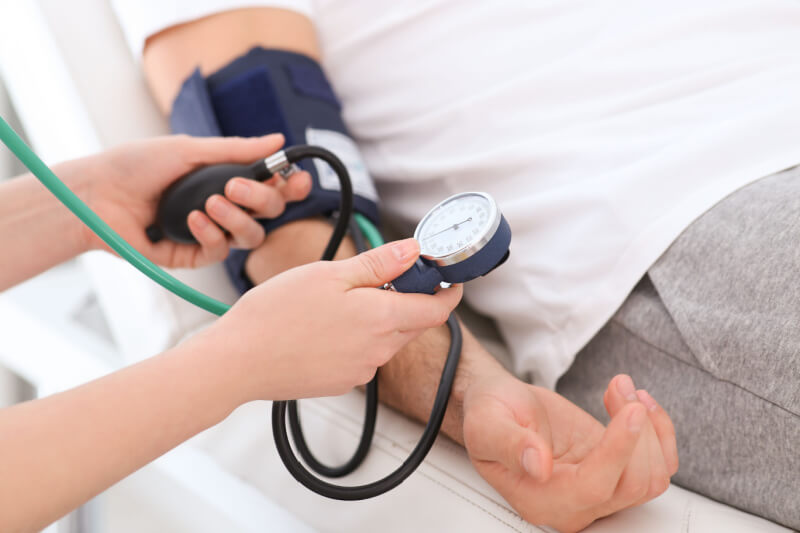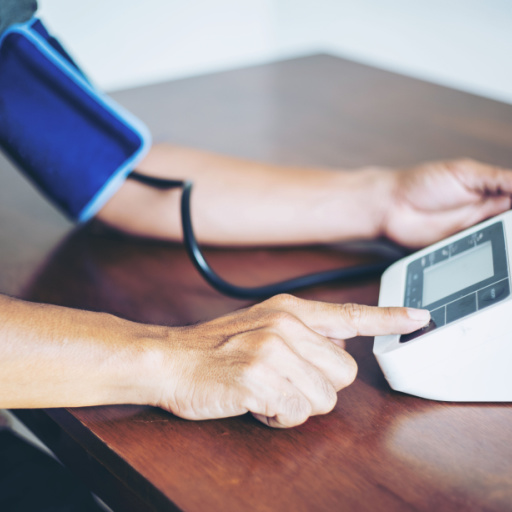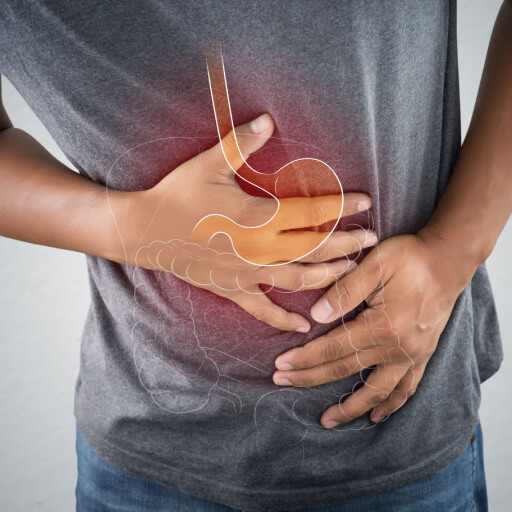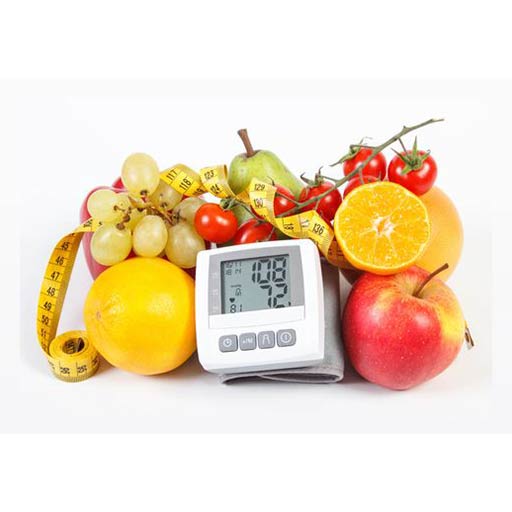
Blood pressure is the pressure of circulating blood on the walls of arteries. If you have a headache and shortness of breath, or dizziness and fainting, these are all the symptoms of high and low blood pressure.
What you need to know:
- What is systolic and diastolic blood pressure?
- Blood pressure range
- Maintaining normal blood pressure
What is systolic and diastolic blood pressure?
Measure your blood pressure readings to determine the steps you need to control it. The pulse of the blood flow and the pressure it exerts change from time to time. Your total blood pressure is determined by measuring your systolic and diastolic blood pressure.
What is systolic blood pressure?
Systolic blood pressure is the higher reading. During a heartbeat, the heart pushes the blood out into the arteries, and this is known as systole. It is used to measure high blood pressure.
The heart tends to push more blood out during exercises or when a person is under stress. In cases where an individual is involved in some activity, increased pressure is a normal phenomenon. However, if the pressure reading is high in a resting state, that is a condition of hypertension or high blood pressure. High systolic pressure is caused by the narrowing of the arteries, which makes the cardiac muscles work harder to push blood through.
Low systolic pressure is when the blood pressure range is lower than normal and is known as hypotension. When you are severely dehydrated or undergo significant blood loss, there is not enough blood to be pushed through the body, causing light-headedness. Pregnancy, heart-related and endocrine problems, or lack of nutrients in your diet can also lead to hypotension.
What is diastolic blood pressure?
The heart rests between beats when it refills blood and gets oxygen. This pause between two beats is known as diastole. Diastolic pressure is the measurement during this pause before the next heartbeat and is used to measure low blood pressure.
You need to stay relaxed to get the correct systolic and diastolic blood pressure readings. Keep your legs uncrossed, arms by your side, and your bladder empty, as these factors can affect the readings. Doctors use a stethoscope to listen to the heartbeat while checking your blood pressure. If you measure your blood pressure at home, place the cuff on your arm at the same level as your heart and then measure the blood pressure range on an electronic monitoring machine.
Blood pressure range
A healthy adult’s normal blood pressure level is 120 mmHg during systole (peak pressure in the arteries) and 80 mmHg during diastole (the resting phase of the cardiac cycle). Elevated blood pressure is when readings consistently range from 120-129 systolic and less than 80 mmHg diastolic, which is more likely for one to develop high blood pressure. The first stage of hypertension is when blood pressure exceeds 130-139 mmHg systolic and 80-89 mmHg diastolic, and the second stage starts when the blood pressure range is at 140/90 mmHg. Therefore, it is a good practice to measure your blood pressure levels regularly.
Maintaining normal blood pressure

To maintain normal blood pressure,
- Exercise daily. Shed those extra kilos if you are overweight.
- Cut down on salt, sugar, and sodium intake.
- Consume a DASH (Dietary Approaches To Stop Hypertension) diet, which includes green leafy vegetables, fruits, whole grains, fish, poultry, and low-fat dairy products.
- Avoid alcohol, smoking, caffeine, and high-fat foods, as blood pressure and cholesterol go hand in hand.
- Try getting adequate 7-8 hours of sleep to reduce stress.
- Treat your high blood pressure in time, or it may lead to heart disease or kidney damage.
An active lifestyle and a healthy diet can keep you going. You can measure your blood pressure on our online Blood Pressure Calculator.
Stay tuned to the Activ Living Community. Keep up to date with the latest health tips and trends through expert videos, podcasts, articles, and much more in nutrition, fitness, mindfulness, and lifestyle conditions like Asthma, Blood Pressure, Cholesterol, and Diabetes.
You may also be interested in the following blogs:
- Which devices can help you measure blood pressure at home?
- Detect high blood pressure symptoms with these oral symptoms
Popular Searches
How to lower blood pressure | Fruits good for liver | Unhealthy foods | Ragi Benefits | Basal Metabolic Rate | Acupressure points for High Blood Pressure | Ayurvedic medicine for blood pressure | How to control cholesterol at home | Homeopathy for Asthma | Biological Age | Home remedies for TB | Natural beta blockers | Negative effects of internet | Types of walking | Blood pressure calculator | Blood sugar calculator | BMI Calculator





 1800-270-7000
1800-270-7000











